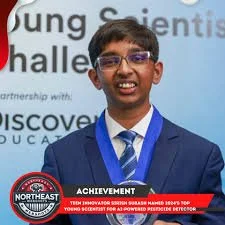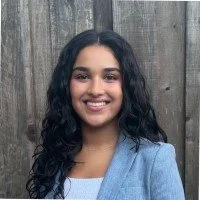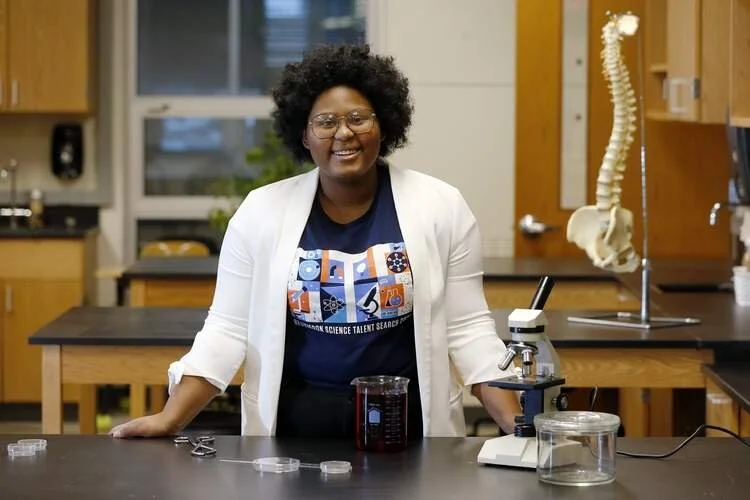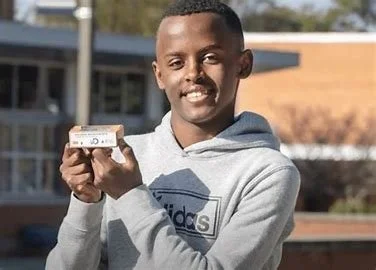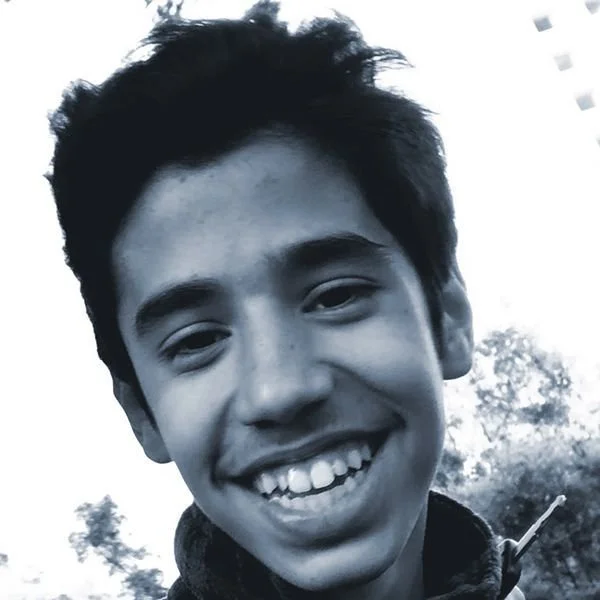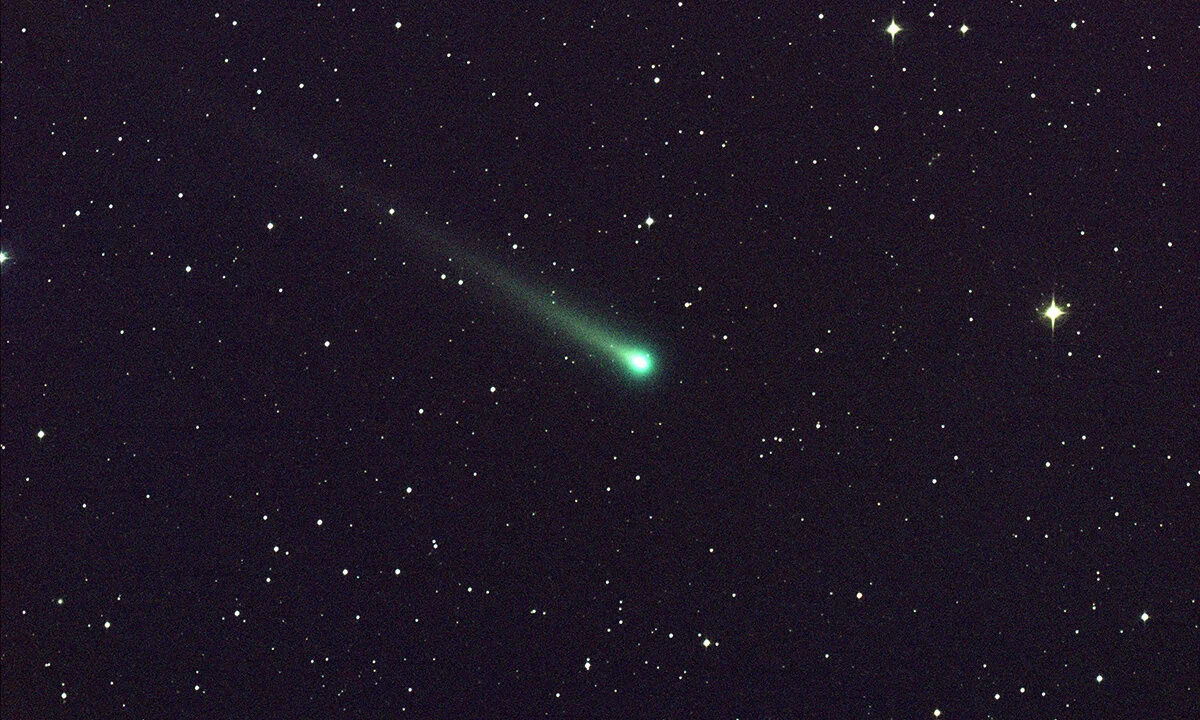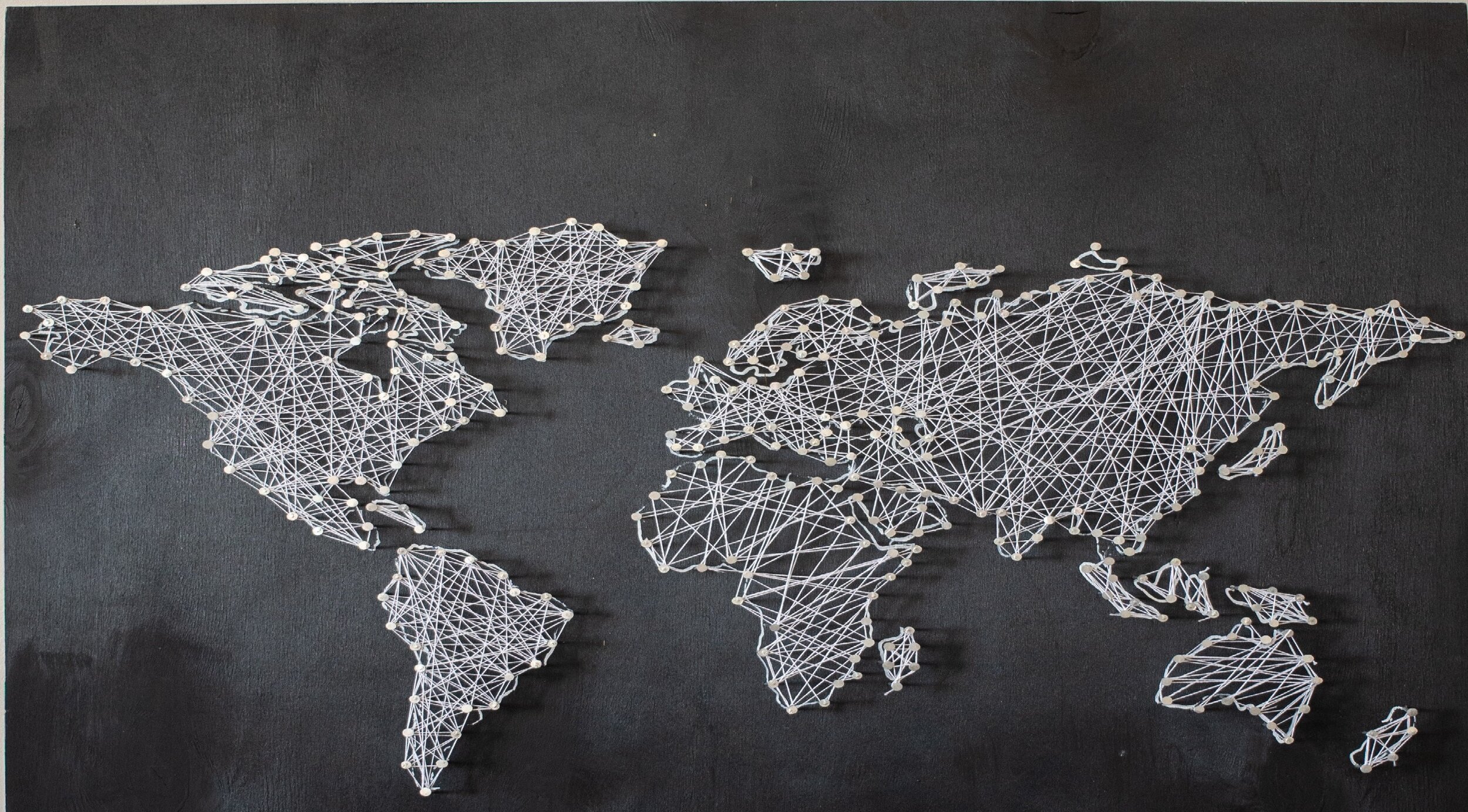
SCIENTISTS
It goes without saying: children are curious and love to explore. They are not hampered by knowing too much or thinking they need to stay on a well-trod path. Countless discoveries are made by kid scientists—click the pictures below to find out more.
In 2024, 13-year-old Sirish Shubash won the 3M Young Scientist Challenge for developing a hand-held device the uses AI to detect pesticides on produce. Science is his passion, and he plans to pursue research that will make the world a better place, particularly in the environmental and climate arena.
10-year-old Rehan Somaweera, from Perth, Australia, is one of the youngest people in Australia to author a published scientific paper. He discovered nuclear-follower behavior between the brown-spotted wrasse and the West Australian common octopus.
Samaira Mehta appears in our collections three times! As a scientist, Samaira is working towards lowering the fatality rate of ovarian cancer. Her invention leveraging AI for precision medicine to democratize ovarian cancer research and treatment won her first at the California State Science Fair, and she is currently (as of 2025) working with UCLA to help better the lives cancer patients across the world. See our Coders and Designers collections for more details about Samaira's other work.
Elan E. Filler was in 7th grade when she was listed as one of the researchers on a study that identified the sources of a fungus, Cryptococcus gattii (C. gattii), that is particularly hard on persons with compromised immune systems. She found it came from two trees in Southern California: Canary Island pine, New Zealand pohutukawa and American sweet gum.
At 17, Dasia Taylor was named one of 40 finalists in the Regeneron Science Talent Search for her invention: Suture thread that changes color when an infection is detected, using beets! She is now a self-described "STEAM advocate (M for medical technology), sneakerhead, and technology innovator who has been nationally recognized for her exceptional scientific achievements."
Dylan Jenkins, a student at Albuquerque's Bosque School, spotted the first ever hispid cotton rat in Bernalillo County. The species appears to be migrating north in NM, possibly due to climate change.
Heman Bekele moved to the U.S. from Ethiopia at the age of four. As he grew up, he developed a fascination with science, and his memories of Ethiopian laborers working in the sun led to his research on melanoma, or skin cancer. He started working on a bar of soap that delivers cancer-fighting drugs at 14 and his work led to the grand prize at the 3M Young Scientist Challenge in 2023. His tagline? "Curing cancer, one bar of soap at a time."
Sixth-grader Simon Kashchock-Marenda discovered that Truvia is toxic to fruit flies. His discovery could lead to the use of erythritol as a human-safe insecticide.
Cuban high school student, Camilo Silva Tionmo, is a featured winner of The Rise Challenge. From their website: "His Rise project seeks to create a space in his school dedicated to restoring Mexican ecosystems, preserving biodiversity, and educating his fellow students on these critical subjects. Following high school, Camilo aspires to develop innovations that have the potential to revolutionize and rejuvenate ecosystems."
In 2011, Kathryn Aurora Gray became the youngest person to discover a supernova. Two years later her brother, Nathan Gray, discovered another one and supplanted her age record by 33 days.
When James Nguyen found out his grandmother had brain cancer, he turned to his love of science to combat grief. He did a deep dive into cancer and wrote eight research papers in two years. By the time he was a senior in high school he had a prototype for a toothbrush that detects cancer, and he was named one of the 100 Rise Global winners in 2022.
Angela Zhang began to research at Stanford University when she 14. In 2011, at 16, she won the $100,000 Siemens Competition in Math, Science & Technology for her research on cancer treatments with iron oxide gold nanoparticles.
Erin Smith was 16 when she developed FacePrint, an automated screening and monitoring tool for Parkinson’s disease using early-stage facial expression indicators. Erin’s research has been awarded at an international level, and she was recently recognized by 2019 Forbes 30 under 30.
At 12 years old, Rafal Biros from Poland became the youngest person to discover a comet. He was participating in the Sungrazer Project which uses images from NASA and the European Space Agency’s Solar and Heliospheric Observatory (SOHO) spacecraft to look for comets.

